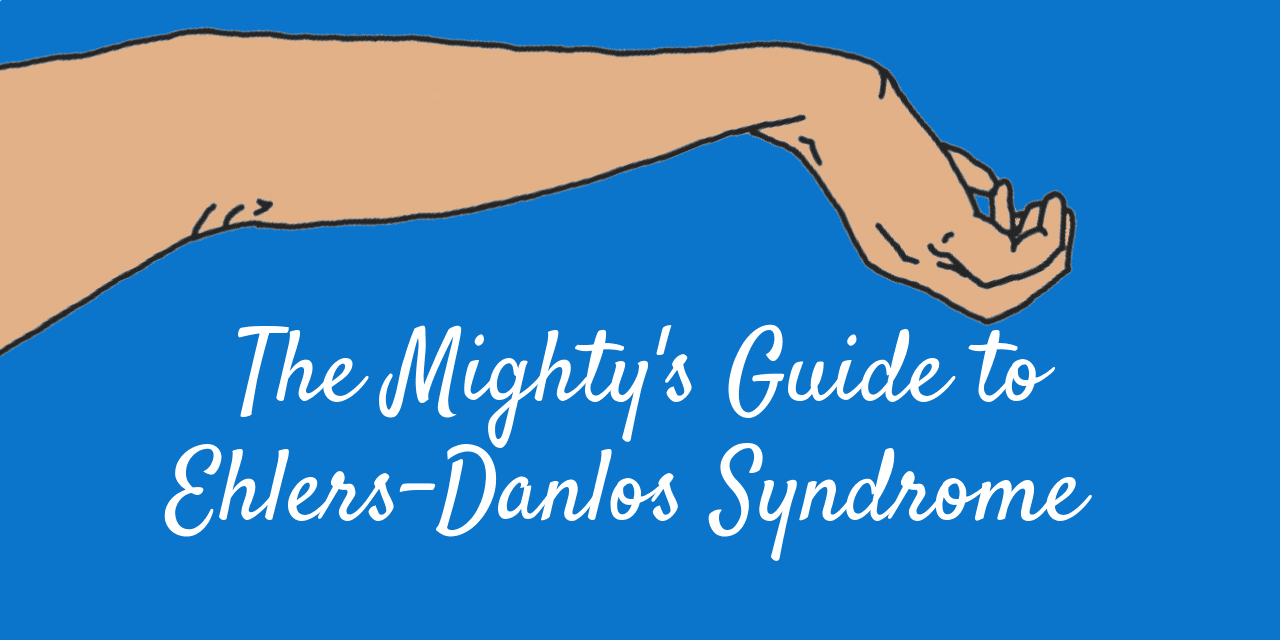Table of Contents
- Ehlers Danlos Syndrome & The Eyes
- Ehlers-Danlos Syndrome Guide: What is Ehlers-Danlos Syndrome?
- Schematic summary of Ehlers-Danlos syndrome-like symptoms before ...
- The role of cutaneous manifestations in the diagnosis of the Ehlers ...
- Molecular diagnosis in vascular Ehlers-Danlos syndrome predicts pattern ...
- Ehlers-Danlos Syndrome (EDS) - Creative Med Doses
- Molecular diagnosis in vascular Ehlers-Danlos syndrome predicts pattern ...
- Ehlers Danlos Syndrome & The Eyes
- Vascular Ehlers Danlos Syndrome
- EHLERS-DANLOS SYNDROME – Dermatology Conditions and Treatments



Symptoms of Ehlers-Danlos Syndrome




Causes of Ehlers-Danlos Syndrome


Diagnosis and Treatment
Diagnosing EDS can be challenging, as the symptoms can be similar to those of other conditions. A comprehensive diagnosis typically involves a physical examination, medical history, and genetic testing. Treatment for EDS usually focuses on managing the symptoms and preventing complications. This may include: Physical therapy: To improve joint mobility and strength Pain management: To manage chronic pain and discomfort Surgery: To repair damaged tissues and joints Lifestyle modifications: To reduce stress on the joints and prevent injuries Ehlers-Danlos syndrome is a complex and multifaceted condition that requires comprehensive care and management. By understanding the symptoms and causes of EDS, individuals can better navigate the diagnosis and treatment process. If you or a loved one is experiencing symptoms of EDS, it is essential to consult with a healthcare professional for proper diagnosis and care. With the right treatment and support, individuals with EDS can lead active and fulfilling lives.For more information on Ehlers-Danlos syndrome, visit the Mayo Clinic website or consult with a healthcare professional.